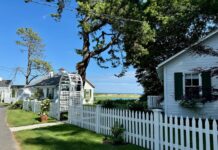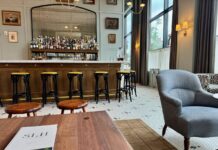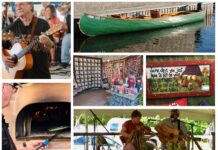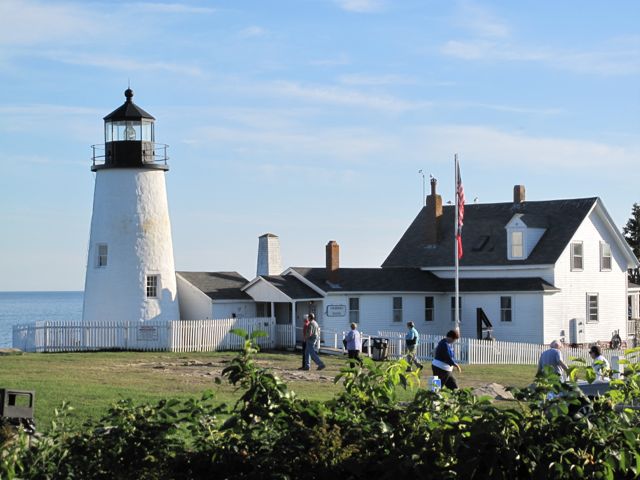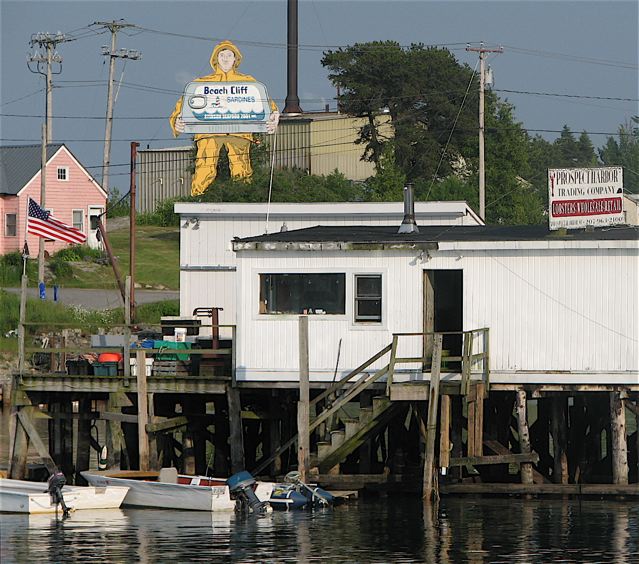
In the first half of the 20th century, sardine processing was big business in Maine, with more than 400 factories along the coast, but on April 18, another chapter in Maine’s rich seafaring history closes along with the last sardine cannery in the country. The former Stinson Seafoods plant in Prospect Harbor—the one with Beach Cliff Sardine man out front—will shut down operations, after more than 100 years in biz, a victim of federally mandated reduced herring catches, according to the Bangor News. And now another 128 folks are out of work in the job-starved, but achingly gorgeous, Schoodic region of Maine.
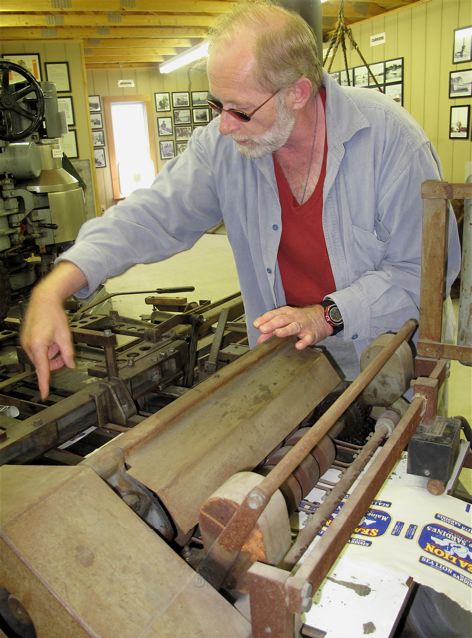
You can still get a sense of the heritage, even if you can no longer view the gold en fish drying on racks or taste their salty goodness on the sites. Start at the Maine Coast Sardine History Museum, in Jonesport. The town now renowned for its lobstering, lobster boat races, and Tall Barney was once home to 15 canneries. FYI: Herring are known as sardines once processed and canned.
Museum director Ronnie Peabody and his wife, Mary, began collecting sardine artifacts and memorabilia in 2001, and opened this labor of love in 2008. Ronnie is a passionate guide who brings life to the photos, equipment, and even the cans displayed. You can zip through on own in about 20 minutes, but start asking Ronnie questions or ask him to guide you through, and you’ll wonder where the hour went. He brings a vanishing, make that vanished way of life alive. And if you’re lucky, five-time World Champion Sardine Packer Rita Willey might be around.
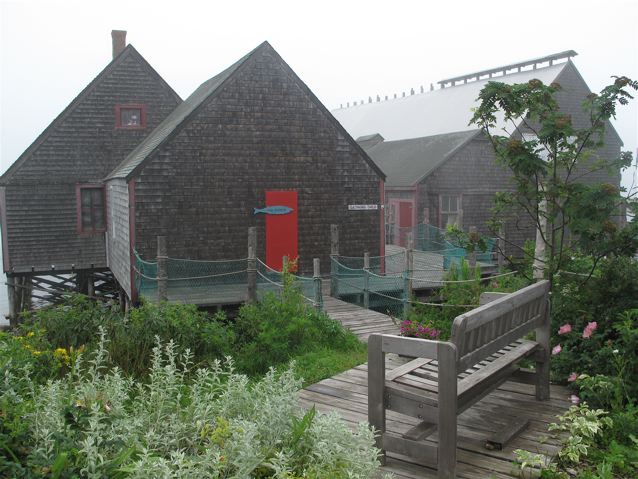
Afterwards, wander up to Lubec to view Mulholland Brothers Market, once a warehouse for the shucks used to make herring boxes, and McCurdy Smokehouse, a historic site honoring the last operating herring-smoking operation in the country. Both are being preserved by Lubec Landmarks.


